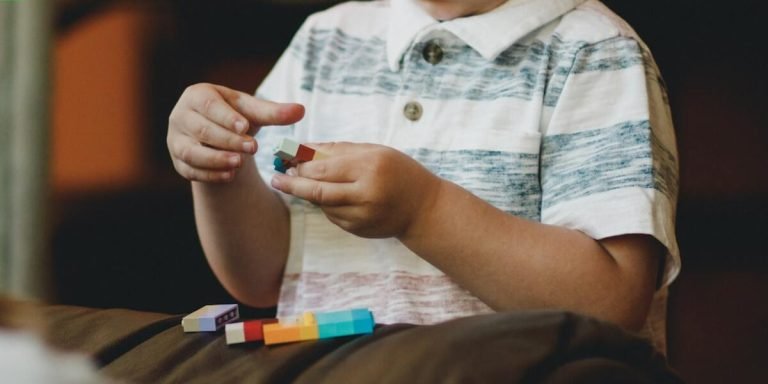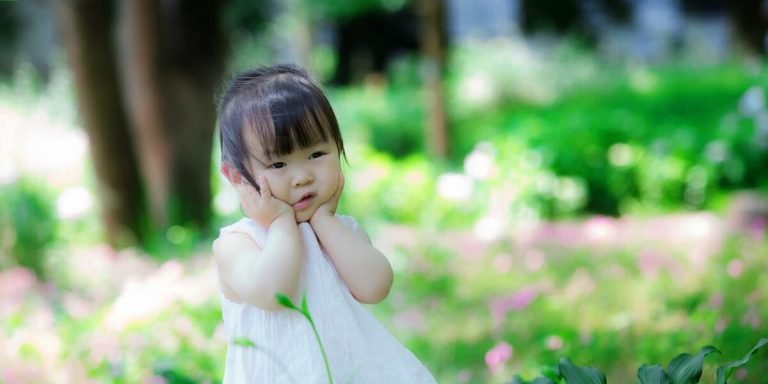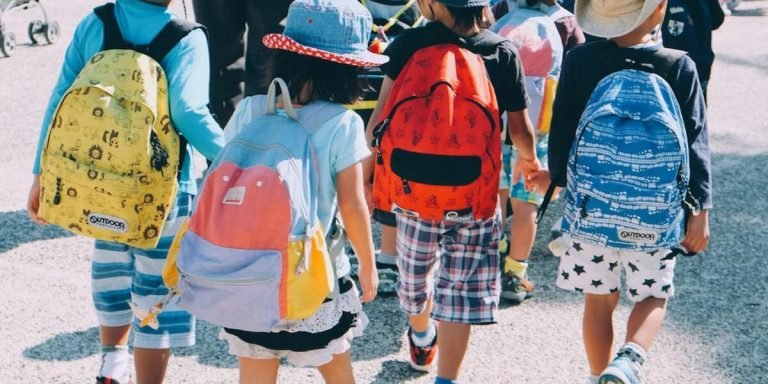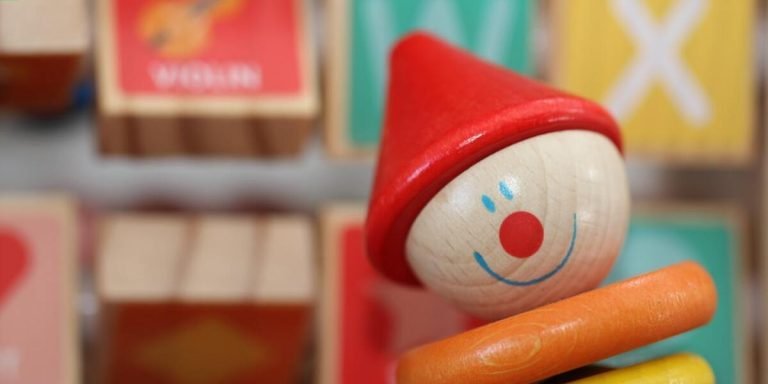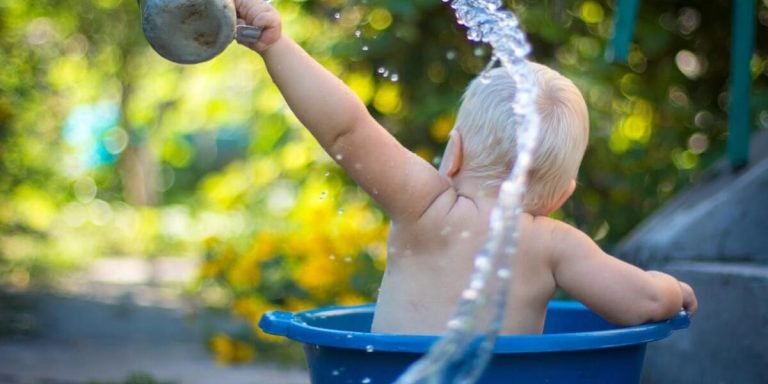Playing Preschool: Fostering Learning through Fun and Games
The phrase “playing preschool” may seem like just another parental buzzword, but in reality, it is a vital component of effective early childhood education. This approach revolves around the concept that young children learn best when they’re engaged in play-based activities and games rather than formal educational methods.
With playing preschool, learning becomes an exciting adventure for kids between ages 2-5 years. It emphasizes on equipping them with essential cognitive skills like problem-solving and critical thinking while making sure that their formative years are fun-filled and lively. The confluence of ‘fun’ with ‘learning’, empowers not only intellectual growth but also emotional development at this crucial stage.
Did you know?
Did you know that children who engage in playful learning like games can develop better social skills, cognitive functions, and emotional health? A study by the American Academy of Pediatrics supports this fact!
Understanding the Role of Play in Early Childhood Education
Play is often seen as a mere whimsical activity in the realm of childhood. However, it has been proven to be an essential part of early education that perfectly blends learning with amusement through direct engagement and interaction. In 2023’s dynamic educational landscape where digital instructions have started sharing space with traditional teaching methods, incorporating play into preschool can foster cognitive development while keeping children enthusiastic about their academic journey.
Understanding the role of play within early childhood education encourages us to look beyond just fun pastimes; we start acknowledging its impacts on different layers of child growth – from social skills enhancement, creativity stimulation to crucial brain development support during these formative years. Guided by research-based evidence over decades revealing such profound benefits induced by ‘playing preschool’, educators worldwide are starting to integrate playful elements more consciously than ever within their curriculum structure.
Parents and educators are realizing that enjoyable activities act as informal classrooms, fostering experiential learning for toddlers. We need to redefine ‘play‘, seeing games not only as fun but also as essential for developing foundational skills like problem-solving and comprehension in children. When we change how we view play at this early stage, especially regarding enriching our little one’s path to lifelong learning, we create opportunities for joyful discovery in nurturing environments.
The Impact of Play on Cognitive Development in Preschoolers
Play serves as the primary vehicle for cognitive development among preschoolers. It’s no exaggeration to suggest that playing is like breathing – it comes naturally in early childhood and has multifaceted benefits.
Starting with sharpening sensorimotor skills, play enables children to explore their environment actively. By touching, tasting or moving objects around them while ‘playing preschool’, they learn about shapes, sizes and spatial relationships. These actions foster problem-solving abilities from an age as young as 2-3 years old.
Preschools often integrate structured activities into unstructured playtime which extend beyond mere entertainment purposes. When a child builds blocks or sorts toys by color during free-play time at school, it offers opportunities to practice counting & grouping – laying a solid foundation for math proficiency later on.
Language acquisition also accelerates when kids engage in dramatic pretend plays with peers at nursery school settings. As they emulate adult roles such as chefs cooking meals or doctors treating patients ,they instinctively use more complex sentences thus expanding their vocabulary bank significantly over time.
Creativity blossoms through imaginative scenarios enacted out during fantasy games . Children start thinking outside the box much earlier than we usually give credit for! These same inventive thoughts gradually form bases of innovation and critical analysis in adulthood eventually .
Finally yet importantly let’s not overlook our little ones’ social-emotional growth via participation recreational events within educational setup . They begin understanding how others feel when displaying empathy towards dolls suffering sickness or feeling joyous celebrating toy-bear birthday parties together classmates !
Social and Emotional Benefits of Structured Playtime
Structured playtime in a playing preschool environment is an essential component of early childhood education. It serves as a platform for children to explore, express and construct their understanding about the world around them.
Structured playtime offers social and emotional benefits that aid in holistic development. Significant points highlighting its importance include:
1. Boosts Self-Esteem: Structured activities enable children to feel proud of their achievements or even small wins during games which nurture their self-esteem.
2. Enhances Social Skills: Playing within groups helps kids learn how to share, negotiate spaces with others and follow rules – all critical elements underpinning positive social interactions.
3. Provides Emotional Release: Play often provides vital opportunities for young ones experiencing big emotions they don’t fully understand yet; it’s through these playful engagements where feelings like joy or frustration get expressed safely.
4. Encourages Empathy Development: By interacting with peers on regular basis at the playground or beyond, youngsters naturally start relating to different perspectives which fosters empathy towards each other’s needs and preferences.
Key Components of an Effective Playing Preschool Curriculum
An effective playing preschool curriculum in 2023 is more than just child’s play. It’s an amalgamation of carefully planned activities designed to stimulate a child’s physical, intellectual and emotional growth while nurturing their inherent curiosity. The key components of this dynamic approach uphold the belief that children learn most effectively through interactive and explorative experiences.
The first component lies within the sphere of active learning; its roots deeply entrenched in tangible exploration and discovery-filled sessions. Children are natural learners who construct their knowledge from interactions with their surroundings – they’re little scientists eagerly decoding the world around them! An optimized playing preschool curriculum not only provides structured opportunities for these enriching interactions but also ensures that each activity has significant developmental value.
Moreover, incorporating socio-dramatic play into the routine aids understanding complex life roles better, paving way for smoother transitions as they grow older. Besides fostering cognitive development by improving memory skills or promoting critical thinking ability, it contributes significantly towards molding soft-skills early on such as empathy or conflict-resolution.
Remember though – no two children will have identical interests or learning paces; honing individuality should be at center stage here! Whether it’s about viewing things creatively via art projects / sensory bins or engaging motor skills during outdoor plays – customization remains paramount.
Balancing Free Play with Guided Activities for Optimal Learning
Understanding how to achieve the right balance between free play and guided activities in a playing preschool can be crucial for optimal learning. After all, early childhood educators know that each contributes to various aspects of child development.
Firstly, let’s delve into the importance of free play. This refers to letting children explore their environment without any specific instructions or goals. Free play involves giving them toys and materials they can handle on their own and allowing them time to interact with these items independently.
Research has shown that this type of self-directed activity encourages creativity, problem-solving skills and promotes emotional well-being.
However, too much unstructured exploration might result in missed opportunities for learning key concepts essential at this stage such as colors, shapes or numbers recognition among others which form cognitive foundation necessary for further education steps.
That’s where guided activities come into effect—they provide those teaching moments so critical during early years. Guided sessions may include reading stories together about different themes like animals or planets; participating in an art project related around a particular concept; engaging kids complex physical tasks requiring coordination—all designed directly aimed towards boosting not only motor but also comprehension abilities thus helping build academic readiness while having fun!
Incorporating Multisensory Experiences to Enhance Educational Play
In the realm of early childhood education, integrating multisensory experiences into a playing preschool curriculum can effectively boost learning outcomes. The key here is to understand that children learn best when they engage multiple senses simultaneously – touch, sound, sight and even smell.
Using tactile materials like playdough or sand in art projects lets kids explore their sense of touch while encouraging creativity. They get hands-on experience with different textures, helping them learn about various forms and shapes naturally through sensory exploration.
Interactive music activities are another great element for stimulating auditory senses as well as promoting motor skills development. Children love dancing and singing along to catchy tunes! Not only does this facilitate language acquisition but it also nurtures a deep appreciation for rhythm and melody from an early age.
Visual stimulation plays a pivotal role too in enhancing educational play. Colourful visual aids such as picture cards or illustrated storybooks help the young minds process information better by making abstract concepts more concrete and understandable.
The often overlooked olfactory experiences shouldn’t be neglected either; introducing scents related to what’s being learned can establish strong associations leading to better retention levels later on. For instance, letting children smell apples during an apple-themed lesson could reinforce knowledge acquired around that topic strongly into their memory bank.
When incorporated strategically within engaging games or playful scenarios using elements familiarly appealing to youngsters – stuffed toys acting out stories, building towers with blocks etc., these multisensory stimuli can certainly maximize cognitive engagement besides ensuring fun-filled learning sessions at your playing preschool setup!
Assessing Child Progress within a Playing Preschool Environment
In the vibrant realm of early childhood education, playing preschool stands as a backbone that shapes young minds remarkably. This transformative approach adopts play-based learning strategies to promote overall development and ensure the healthy progress of children. In this context, assessing child progress within a playing preschool environment is crucial.
The crux lies in recognizing each child’s uniqueness while evaluating their growth in such an interactive setting. An effective assessment takes into consideration not just cognitive abilities like numeracy or language skills but also gauges social-emotional milestones such as empathy, teamwork and resilience which are learned through playtime interactions with peers.
However, balancing more traditional evaluation methods with observations made during joyful moments of unstructured play can indeed be challenging for educators; it requires keen attention to detail and knowledge about developmental benchmarks expected at different age levels. By 2023 trends show increasing support towards implementing comprehensive tools designed specifically for observing kids’ development in these environments rather than relying solely on standardized tests.
Utilizing Observational Techniques to Gauge Developmental Milestones
Observation holds immense significance in a ‘playing preschool’ environment for measuring developmental milestones. It’s an effective method, as it allows educators to gather objective data about children’s progress, especially when it comes to areas of development that are not directly measurable by traditional methods.
The first step involves documenting observations. This may include recording moments where the child displays key social or cognitive behaviors during play time. Documenting these instances provides valuable insights into how they interact with their peers and understand their world.
Next is interpreting what has been observed. Educators skillfully decode the actions based on various early childhood education theories or models such as Piaget’s Cognitive Development Theory or Erikson’s psychosocial theory among others relevant ones depending on individual child needs.
Another noteworthy aspect revolves around understanding different personality types within playing pre-schoolers through observation sessions done over a period of time – Introverted kids might prefer solitary activities whilst extroverted ones would be more inclined towards group plays and so forth.
Further advancing this technique lies advocates incorporating visual learning aids which have proven considerably beneficial in impacting young minds positively; simple charts showing shapes colored differently representing varied emotions can help pupils express themselves better non-verbally too!
Integrative Tools for Tracking Individual Growth Through Play
Playing preschool, which combines the joy of play with structured learning, is a dynamic environment where children grow and develop in various dimensions. Understanding this growth pattern becomes crucial for educators to tailor engaging experiences that support individual development. In keeping up with early childhood education trends in 2023, adopting integrative tools can help track such growth through playful pedagogy.
One essential tool for assessing child progress is observation. Continuous on-site monitoring provides invaluable insights about the child’s interests and strengths within their playing preschool context. It helps identify areas needing additional focus; maybe they are struggling with sharing or perhaps thriving while exploring natural materials.
Interactive games serve as another insightful tracking tool during play sessions at playing preschools. They yield precious data regarding a young one’s aptitude across different domains – cognitive, physical motor skills, socio-emotional health or language proficiency.
Digital portfolio platforms are gaining momentum as an efficient way of recording assessments over time too! These enable teachers to collect evidence like videos and photos from every day activities showing developmental milestones reached by each student – all organized neatly into individual profiles!
Conclusion
So, it’s clear that “playing preschool” isn’t just a fun pastime for your kids – it can be an essential part of their educational journey. Interactive games stimulate young minds and foster cognitive skills while making the entire learning process engaging and enjoyable. Remember, every toy can become a tool in sparking imagination and creativity.
If you’ve enjoyed piecing together this playful puzzle of teaching methods with us, remember our website is loaded with more exciting information on childhood education strategies as well as support articles for both parents and educators alike. Let’s continue to transform tedious lessons into joyful discoveries by exploring even more tips!


